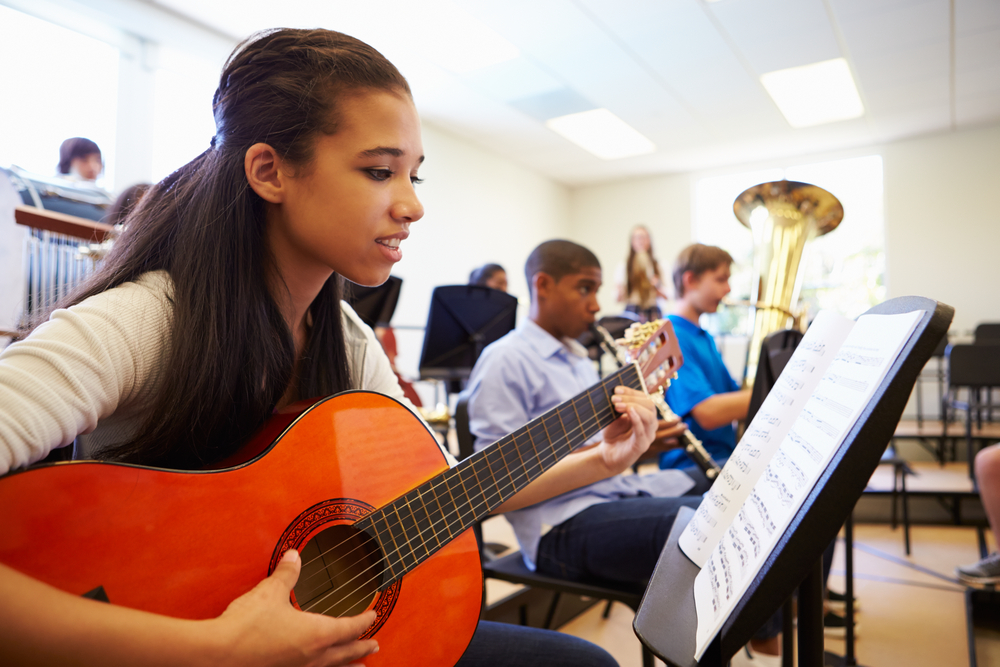When you decide to send your son to a residential treatment center or therapeutic boarding school for troubled teens, there are many considerations. Chief among these are which facility is best and how your family can afford your child’s stay.
Another consideration mirrors a long-running debate in the K-12 education system at large. Should your son attend a co-educational program or go somewhere where their fellow students are all boys? An increasing amount of research shows that the latter option may well be best.
Girls Can’t Pose A Distraction
Arguments for sending your son to an all-boys school begin and end with those infamous raging teen hormones. It’s nobody’s fault–unless you want to lay the blame squarely at the feet of nature–but, simply put, girls can pose a distraction for young men.
It’s hard for a teenage boy to keep his mind on his studies and therapeutic transformation when he’s preoccupied with sexual attraction, flirting, intrigues, and, potentially, competition between himself and a peer for a girl’s affection.
Thorough supervision is a hallmark of any good residential treatment center or therapeutic boarding school for troubled teens. Still, having your teen son attend a same-sex program is the best way to ensure no inappropriate boy-girl interactions take place.
Boys Aren’t Penalized For Being Boys
By the time a boy is enrolled in a residential treatment center for troubled teens, he has typically developed low self-esteem and low expectations. This pessimism is often the product of years of admonishment, punishment and disapproval on the part of teachers and school administrators.
According to a recently-published study by Brown University, this always-in-trouble pattern may be the result of deeply-ingrained gender attitudes. The researchers found that when boys and girls in primary school engaged in the same problematic behaviors, the boys were much more likely to be punished.
Once the subjects of this same longitudinal study reached high school, it was found the boys were far more likely than girls to be held back a grade or shunted into lower-level classes.
This disparity is non-existent at a quality single-sex school, where expectations for all students are kept uniformly high.
The Education System Is Failing Our Boys
Many people insist there’s little difference between the way boys and girls learn. And yet, by and large, girls do better in school. This is borne out by some troubling statistics gathered by the US Department of Education:
- 80% of high school dropouts are boys
- 80% of all classroom discipline problems are boys
- 70% of students with learning disabilities are boys
- 80% of students on medication for ADHD and ADD are boys
Whatever the cause, it’s evident many co-educational environments fail to meet the needs of boys.
A Single-Sex Curriculum Can Be Made To Suit Boys
There are many ways a curriculum can be devised to suit boys, beginning with reading material. Boys often respond better to nonfiction passages than they do to fiction. And when it comes to fiction, boys crave protagonists they can identify with.
Girls will likely identify with the spirited heroine in Charlotte Brontë’s “Jane Eyre.” Meanwhile, a boy might benefit more from exploring the title character of Shakespeare’s “Hamlet,” an intelligent and passionate young man torn by the conflicting desires for love and vengeance.
Other ways to make classes more boy-friendly are to embrace a more kinesthetic and experiential teaching style; help boys see the real-life connections and applications of subject matter and provide additional support in executive areas like homework completion and organization.
A top-notch all-boys school, particularly one for troubled teens, should also ensure the presence of positive male role models–teachers, coaches, guest speakers and community leaders. A helpful role model for teen boys can emphasize the importance of education, share his past struggles and make it known that he believes in the potential of every boy to make the most out of himself.
Students Are Less Inhibited In Single-Sex Situations
Single-sex schools often have a more relaxed environment. Without the need to impress girls, boys tend to speak more freely and openly in class. With fewer inhibitions, class exchanges tend to be livelier.
This higher level of comfort and honesty is especially important when it comes to group therapy. Teen boys share many of the same challenges and should be able to explore problems and potential solutions with as little embarrassment as possible.
All-Boys Schools Combat Gender Stereotypes
Studies have shown that boys in single-sex schools worry less about gender stereotypes. They’re more likely to throw themselves into subjects that might be seen as feminine in a co-educational environment. Just think about those old home economics classes in high school and middle school, where virtually all the students toiling over sewing machines were girls.
At an all-boys school, boys have far less reticence when it comes to pursuits like fine art, music, literature, theatre and cooking. Students at Sundance Canyon Academy, for instance, tend to love our vocational Culinary Arts Program.
If your troubled teen has been struggling with school, he may well thrive in a single-sex, high-expectation atmosphere. At Sundance Academy, all of our students work to improve their academic standing, tackle the issues and attitudes holding them back and preparing for future endeavors like college and career. Contact us today for more information.






0 Comments